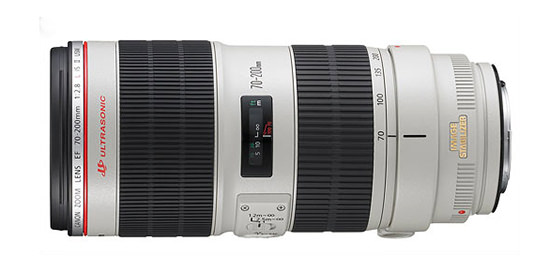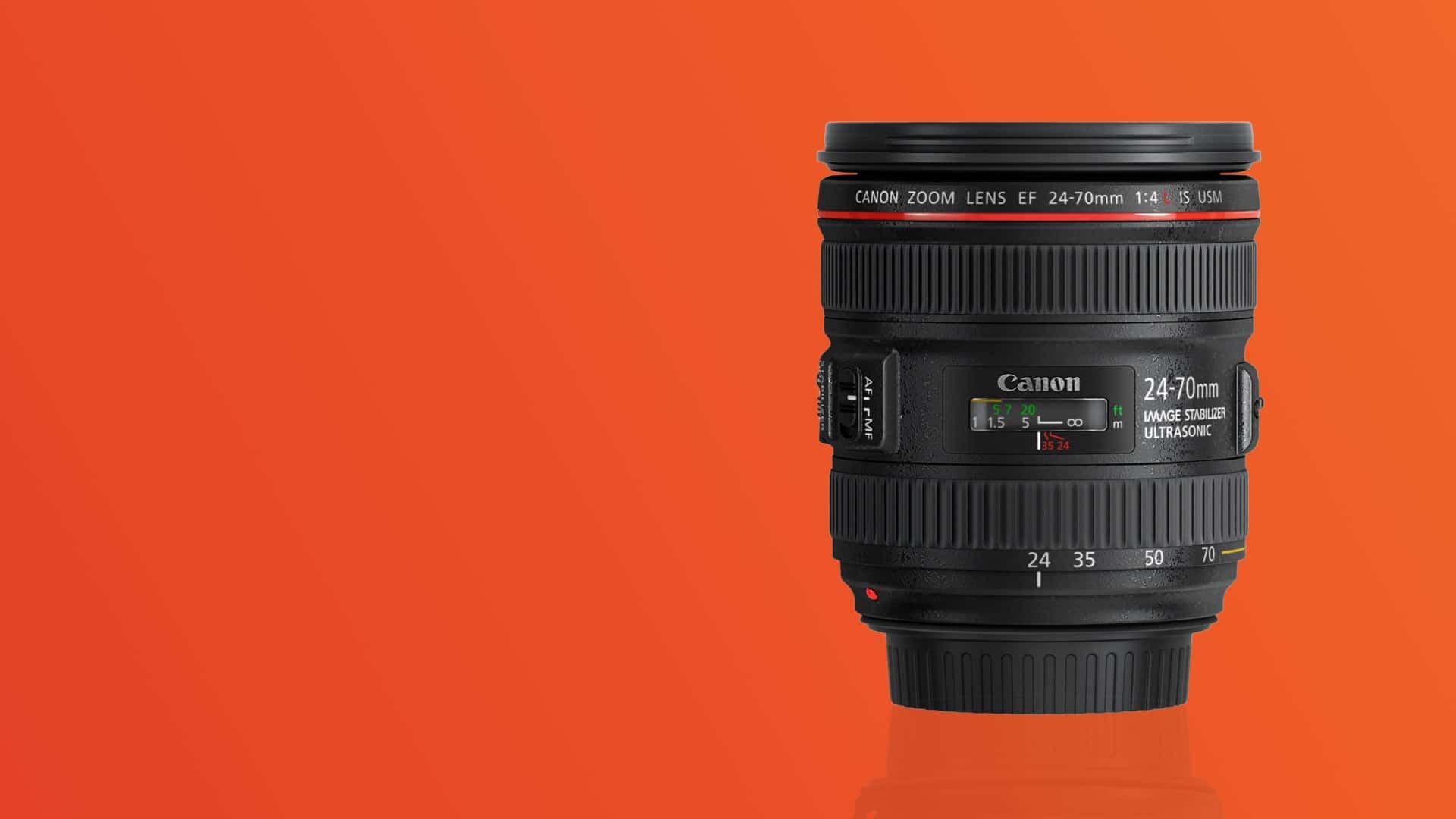In the one digit xd range the higher the model number the less advanced the camera. What i do is provide practical comparisons and opinions. Canon Lens Range Explained

Canon Lens Abbreviations

Best Canon Lenses 2019 The 7 Best Lenses For Every
Guide To Understanding Flange Focal Distance
So the 1d is the most advanced professional grade dslr canon sells while the 6d isnt as sophisticated.
Most SLR and DSLR cameras provide the option of changing the lens. On full frame cameras like the canon 1d 5d and 6d the sensor will see a 50mm lens as 50mm. this enables the use of lens that are best suited for the current photographic need, and allows the attachment of specialized lenses. Film SLR cameras have existed since the late 1950s, and over the years a very large number of different lenses have been produced, both by camera manufacturers (who typically only make lenses intended for their own camera bodies) and by third-party optics companies who may make lenses for several different camera lines.
Angle of view can be measured vertically horizontally or diagonally this gives an increasing measurement in landscape orientation. footage showcases Japan's brilliant offloading try against Scotland, which helped them to a maiden RWC quarterfinal. Canon, it appears, is looking to lead the pack with new footage from their prototype 8K cinema camera officially released. Let's take a look and The ef 400mmf4 do is usm and ef 70 300mmf45 56 do is usm..
Canon Lens Range Explained showcases some of the most iconic sightseeing locations and cultural elements of the Miyazaki Prefecture in Japan. The project aims to promote tourism at Miyazaki and to preserve its natural beauty and cultural heritage. It features scenes about the Takachiho Shrine and ritual Kagura dancing, the Amanoyasu-kawara cave and sake making at a brewery in the town of Hinokage.

Canon lens range explained. Diffractive optics are made up of two or three glass elements each of which has been coated on both sides with diffractive coatings and bonded together into a single multilayer do element. Ef s is stands for short back focus. An l lens will always have good optical performance even if it is a wide range zoom that is challenging to design.
Offering a blend of image quality compact size and wide maximum apertures. An l lens might be very heavy and expensive. However if your canon camera lens has both a red dot and a white square to line up the body to when mounting the lens then it is an ef s lens.
Start exploring experience how changing your lens can unlock a world of possibilities and see beyond what meets the eye. The l lenses are canons expensive lenses designed for professional photographers. If you are looking for the canon lens reviews with the specific technical specifications and scientific graphs and charts you have come to the wrong place.
Canon currently produces two lenses that contain diffractive optics. These canon lenses have focal lengths ranging from 28 300mm 55 250mm 70 200mm 70 300mm 75 300mm 100 400mm. Ef s lenses were first developed in 2003 when canon bought out its eos 300ddigital rebelkiss range of digital slr cameras.
Ef fixed focal length. A 50mm lens used on a full frame dslr will provide you with the field of view of a 50mm lens although on a camera with an aps c sensor using the same lens will result with an effective focal length of around 75 80mm. Canons 50mm f18 lens for example has an angle of view of 27 40 and 46 degrees vertical horizontal and diagonal.
On aps c cameras like the canon 7d 60d and rebels the sensor has a 16x crop factor meaning that the sensor will see a 50mm lens as an 80mm lens so it kind of gets zoomed in. An l lens will always be mechanically tough and well sealed against water and dust. Capture the world in exquisite detail with the new ef s 35mm f28 macro is stm lens.

P Photography Thread 3065888

What The Numbers On Your Lens Mean

31 Best Canon Camera Lenses In 2019 Buying Guide
canon lens range explained
No comments:
Post a Comment